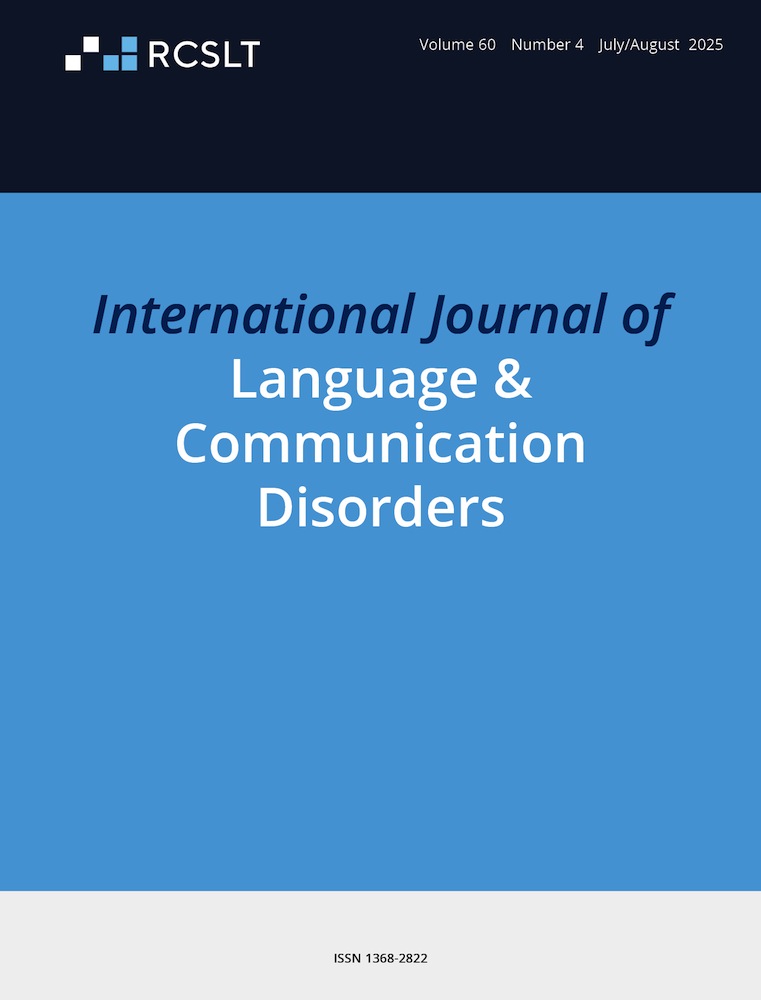Investigation of Learning and Employment Status in the Undergraduate Education of Speech Rehabilitation in Mainland China
Gao Xiao and Wang Yongli contributed equally to this work and should be considered co-first authors.
Funding: This research was supported by the National Social Science Fund of China (No. 20AZD125).
ABSTRACT
Background
Speech-language pathology (SLP) in China, referred to as ‘speech rehabilitation’, addresses developmental and acquired communication disorders, including language delays, aphasia, and dysphagia. Despite the population exceeding 85 million individuals with communication disabilities, China faces a critical shortage of certified professionals, with fewer than 2000 practitioners nationwide.
Objective
To investigate the learning and employment status of undergraduate speech rehabilitation programs in mainland China, with the aim of identifying systemic gaps and proposing actionable reforms.
Methods
An online questionnaire was administered to 67 undergraduate students majoring in hearing and speech rehabilitation, with a focus on theoretical learning, practice, and employment status. Additionally, six department chairmen were surveyed to analyse the training programs, teaching staff, curriculum, and practical experiences.
Results
Regarding employment, 54.3% (25/46) of the graduates had monthly incomes between 5000 and 10 000 RMB. The top three fields of employment are hearing, speech, and language rehabilitation. Clinical internships averaged 10.17 months in various settings, including hospitals and schools. In terms of learning, the average number of full-time teaching staff was 8.17, with 28.33% being associate professors and 19.17% professors. There is no uniform standard for compulsory courses, but institutions offer a range of electives. Satisfaction with learning and practice was rated at 3.88 on a 5-point Likert scale (somewhat satisfied), while employment satisfaction was lower at 3.53 (between neutral and somewhat satisfied).
Conclusion
Employment in speech rehabilitation is promising but requires an independent certification system. Internship arrangements are reasonable, with high student satisfaction. Educational institutions focus on foundational knowledge and skills but need to improve research skills and faculty quality.
Suggestions
(1) The link between theoretical learning and clinical practice should be strengthened by incorporating more case studies and enhancing the quality and diversity of clinical practice. (2) Establish an independent certification system for speech rehabilitation to develop discipline and motivate career advancement. (3) Improve faculty quality through better selection, training, development, and fostering an academic climate and collaboration.
WHAT THIS PAPER ADDS
- The existing majors in China closely related to speech and hearing rehabilitation include “hearing and speech rehabilitation”, which requires students to study both audiology and speech-language pathology. Speech rehabilitation programs in mainland China were initiated relatively late. There is considerable variation in the training goals and course content across Chinese universities. Additionally, there is a lack of a comprehensive review encompassing the faculty, course offerings, and outcomes for undergraduates in the field of speech rehabilitation in China.
- This study focuses on theoretical learning, practical training, and employment status. The monthly salary, workplace settings and work-field were investigated to access the employment status of undergraduates. The general quality of students, faculty and curriculum were also investigated to understand the current state of undergraduate education.
- This study emphasizes the future development of the discipline: strengthening the connection between theoretical learning and clinical practice by incorporating more case studies and enhancing the quality and diversity of clinical experiences; establishing an independent certification system for speech rehabilitation to promote the disciplinary development and support career advancement; and improving faculty quality through more rigorous recruitment, training and academic development, while fostering a collaborative academic collaboration.
Conflicts of Interest
The authors declare no conflicts of interest.
Open Research
Data Availability Statement
The data that support the findings of this study are available on request from the corresponding author upon reasonable request.




